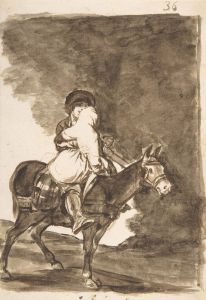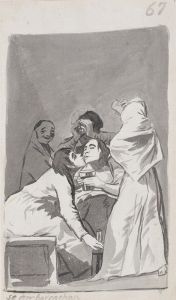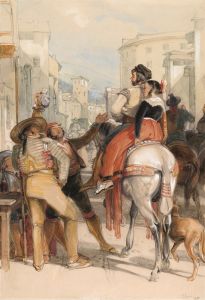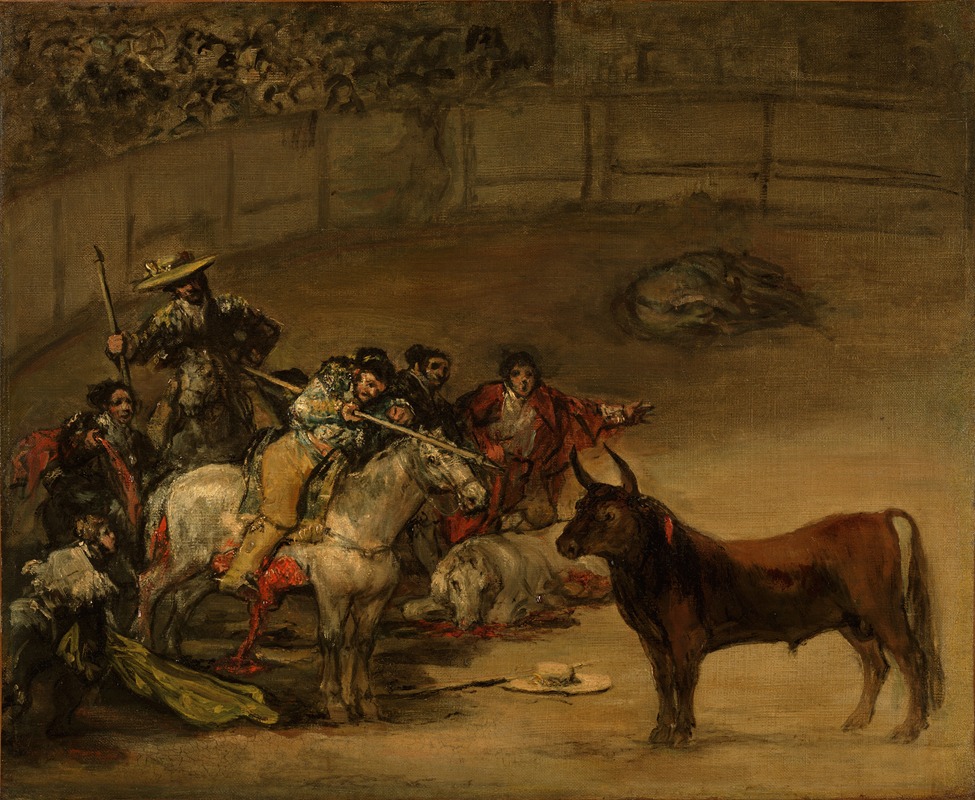
Bullfight, Suerte de Varas
A hand-painted replica of Francisco de Goya’s masterpiece Bullfight, Suerte de Varas, meticulously crafted by professional artists to capture the true essence of the original. Each piece is created with museum-quality canvas and rare mineral pigments, carefully painted by experienced artists with delicate brushstrokes and rich, layered colors to perfectly recreate the texture of the original artwork. Unlike machine-printed reproductions, this hand-painted version brings the painting to life, infused with the artist’s emotions and skill in every stroke. Whether for personal collection or home decoration, it instantly elevates the artistic atmosphere of any space.
"Bullfight, Suerte de Varas" is a painting by the renowned Spanish artist Francisco de Goya. Created around 1824, this work is part of Goya's series of bullfighting scenes, which reflect his fascination with the traditional Spanish spectacle of bullfighting. The painting is executed in oil on canvas and measures approximately 39.5 x 53.5 cm (15.5 x 21 inches).
Francisco de Goya y Lucientes (1746-1828) was a prominent painter and printmaker whose works are often seen as a bridge between the Old Masters and the modern era. Goya's career spanned the late 18th and early 19th centuries, a period marked by significant political and social upheaval in Spain. His works are known for their critical and often dark portrayal of contemporary society, as well as their innovative use of light and shadow.
"Bullfight, Suerte de Varas" depicts a dramatic moment in a bullfight, specifically the "suerte de varas" phase, where the picadors on horseback use long lances (varas) to weaken the bull by targeting its neck muscles. This stage is crucial in the bullfight as it prepares the bull for the later stages of the spectacle. Goya captures the intensity and danger of the scene with dynamic composition and vigorous brushstrokes.
In the painting, the viewer's eye is drawn to the central action where a picador on horseback confronts the charging bull. The horse, often blindfolded in real bullfights to prevent it from panicking, is depicted in a state of distress, emphasizing the brutality of the event. The bull, with its powerful form and aggressive posture, is shown in mid-charge, adding to the tension of the scene. Surrounding the central figures are other participants and spectators, whose varied reactions contribute to the overall sense of chaos and excitement.
Goya's interest in bullfighting was not merely artistic; it also had personal and cultural significance. Bullfighting was a popular and controversial subject in Spain, embodying themes of bravery, violence, and spectacle. Goya's depictions of bullfights are often interpreted as both a celebration and a critique of this tradition. His works in this genre are noted for their unflinching realism and emotional depth, capturing the visceral experience of the bullfight.
"Bullfight, Suerte de Varas" is part of a larger series of bullfighting scenes that Goya created, which includes both paintings and prints. These works collectively offer a comprehensive and nuanced view of the bullfight, highlighting its various stages and the different roles of its participants. Goya's bullfighting series is considered an important contribution to the genre and provides valuable insight into Spanish culture and society during his time.
Today, "Bullfight, Suerte de Varas" is held in the collection of the J. Paul Getty Museum in Los Angeles, California. The painting is appreciated not only for its artistic merit but also for its historical significance, offering a window into the world of early 19th-century Spain and the enduring legacy of one of its greatest artists.





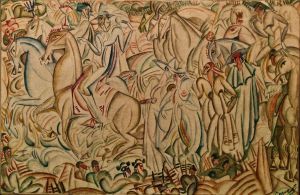
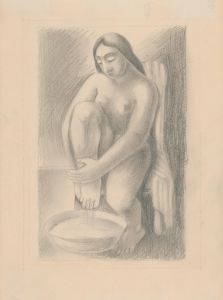
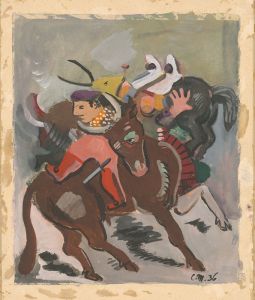
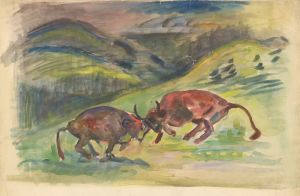
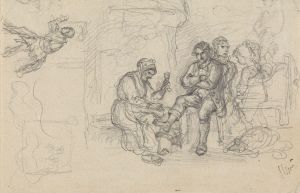
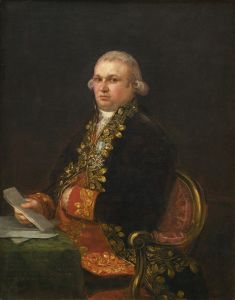
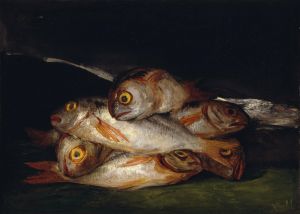
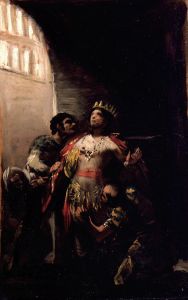
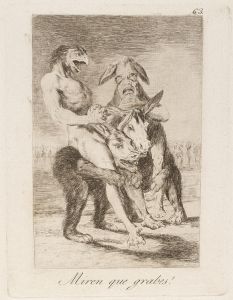
![The Claws of a Cat and the Dress of a Devotee-Similar to Vice Is Often Clothed in Virtue’s Habit [General Folly]](/imgs/264662/s/francisco-de-goya-the-claws-of-a-cat-and-the-dress-of-a-devoteesimilar-to-vice-is-often-clothed-in-virtues-habit-general-folly-3d0e1eb5.jpg)
